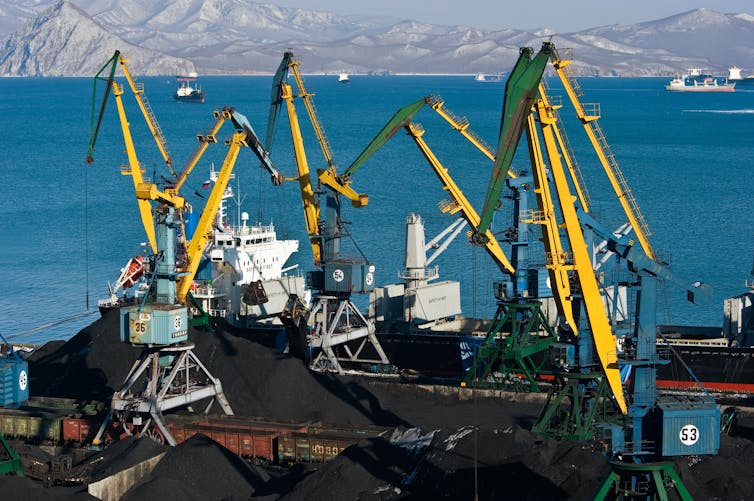Last month, the Japanese government announced a plan to retire its fleet of old, inefficient coal-fired generation by 2030. And what happens to coal power in Japan matters a lot to Australia.
Australia shipped more than A$9 billion dollars’ worth of thermal coal to Japan in 2019 – about 12% of our total thermal coal exports.
In the short term, several new coal plants are being built in Japan to replace scrapped capacity. But there are signs investors are not flocking to invest in expensive new Japanese coal technology.
And in the long run, the investment environment for new coal technology is worsening. If Japan’s commitment to coal weakens, that will mean less demand for Australia’s exports.

Japan’s changing coal fleet
Almost all Japan’s nuclear power stations remain shuttered ten years after the Fukushima disaster. The Japanese government has positioned coal as a long-term hedge against the possibility the nuclear power restarts will not proceed as hoped.
However, Japan has also been criticised for its lack of ambition on plans to address climate change under the Paris Agreement.
Last month, the government signalled it will decommission about 100 inefficient coal-fired power units. It aims to reduce coal’s share of the power mix to 26% by 2030 – down from 32% in the 2018 financial year.
The big questions are: what are the prospects for Japan’s coal fleet, and what does this mean for Australia?
Read the full article in the Conversation, published 24th August 2020